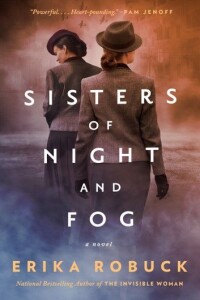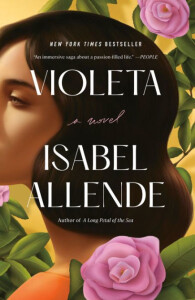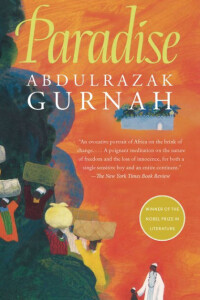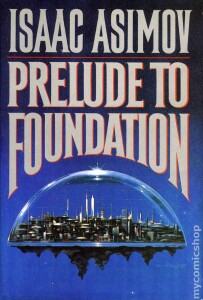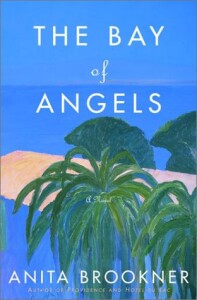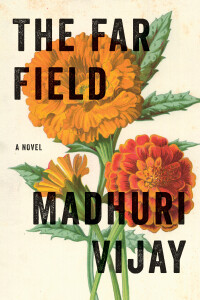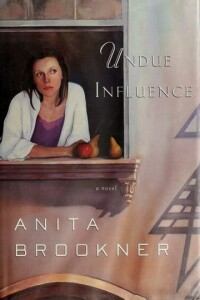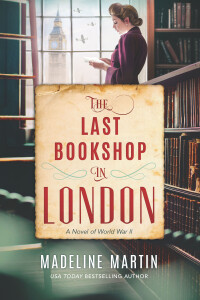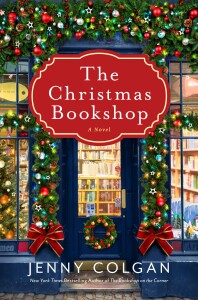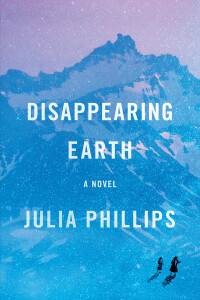
In the intense first chapter of this book, sisters Alyona and Sophia, ages 11 and 8, playing alone on a public beach in Petropavlovsk-Kamchatsky, a city on Russia’s Kamchatka peninsula, encounter a stranger and accept a ride home with him.
The world of this remote area of Siberia is brilliantly brought to life. We learn that it is a time of great change in Soviet Russia, leading characters to say things like:
“This could never have taken place in Soviet times.”
“You girls can’t imagine how safe it use to be. No foreigners. No outsiders. Opening the peninsula was the biggest mistake our authorities ever made”.
“Now we’re overrun with tourists, migraines. Natives. These criminals”.
Bounded by mountains and the sea, there is no way the kidnapper could have taken the girls off the peninsula without being caught, thus creating a locked-room mystery, as the author says in a Paris Review interview.
However, this is not your typical mystery that describes the investigation into the girls’ disappearance. Instead, it is a set of interlocking short stories—twelve, one for each month of a year—about various girls and women in the city and surrounding communities, some of whom knew the girls and some who did not. It is about how they are affected by what we know is a kidnapping, though the police are pressured to call it an accidental drowning to quell panic.
In this way we learn that an indigenous girl also went missing a few years earlier, but there was no investigation, no posters or campaigns such as for the two Caucasian girls. The police assumed the young teen ran away.
We also learn much about the pressures on indigenous and Caucasian women in this distant corner of Putin’s Russia. These pressures and the various kinds of violence affecting these women’s lives are recognisable to women in the author’s native U.S. and elsewhere. The author has studied Russia extensively, as shown by her brilliant evocation of this place and its people, and lived in Petropavlovsk for two years. Still, I can’t help wondering how natives of Kamchatka would describe their lives.
Some readers are thrown by the nontraditional structure of the book, with each chapter introducing new characters and seeming to stand alone. I loved it, though, recognising immediately the similarity to one of my favorite novels: Jon McGregor’s Reservoir 13, which also starts with a missing girl.
Reservoir 13, too, is not about solving the mystery of the disappearance, but rather describes the effect on the community. Each of 13 chapters details a year in the life of the village, with seasonal celebrations coming around, life going on or not, and the way the missing girl echoes down through the years. In McGregor’s book, the village is the main character, while Phillips centers each chapter on one woman. The advantage of McGregor’s structure is that we are not introduced to a new cast of characters with each chapter.
I listened to the audiobook of Disappearing Earth, and only later realised the print and ebook versions included a cast of characters and a map. I would have found both very helpful, as I had trouble remembering characters from previous chapters. Still, Phillips’s novel is a brilliant debut that introduced me to a part of the world I knew nothing about. More importantly, it immersed me in the lives of these women, their dreams, their constraints, and their strength.
Have you read a novel with a nontraditional structure? What did you think of it?
